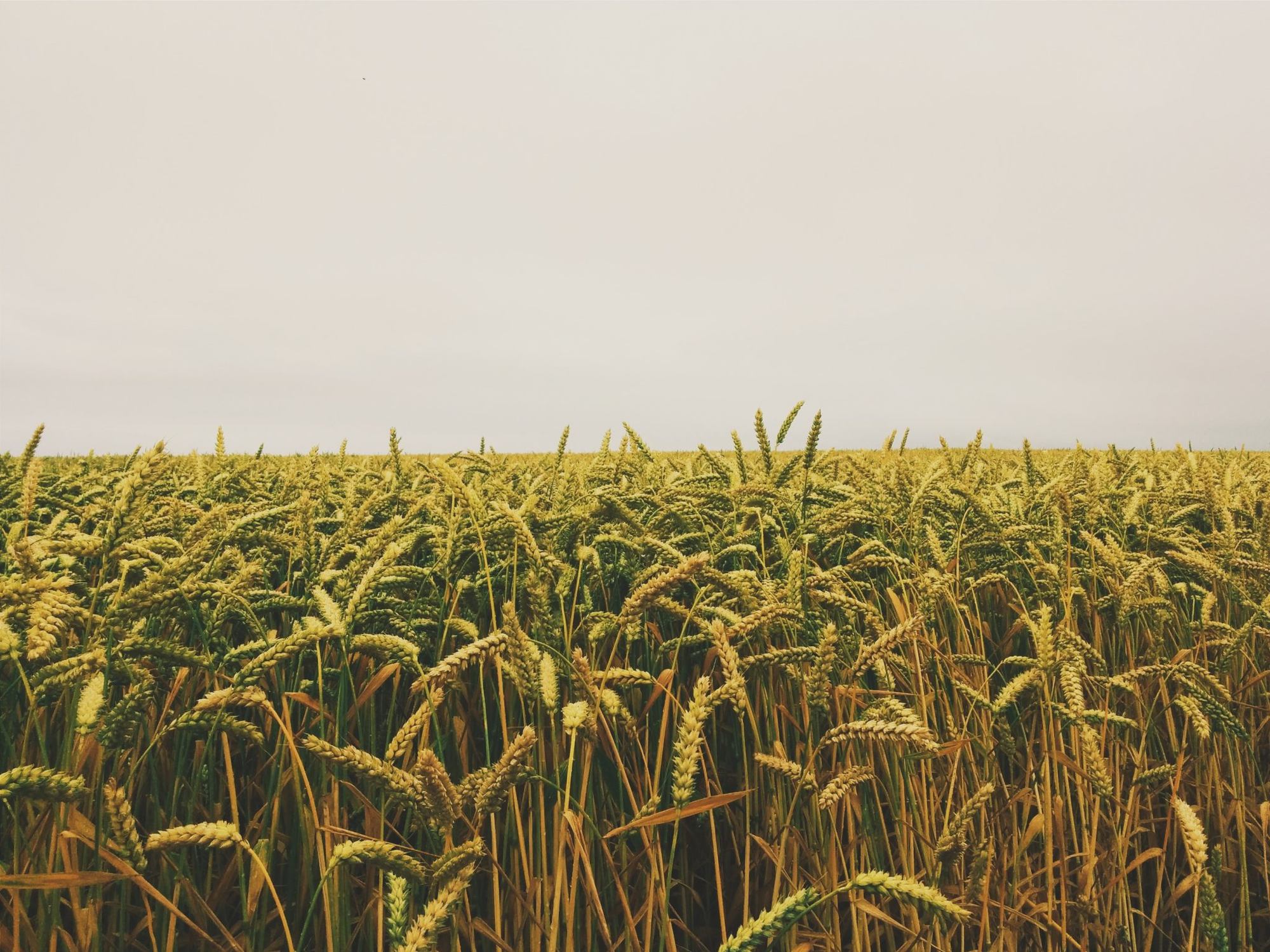What’s up with glyphosate, aka Roundup? Criticism of the popular herbicide often sprouts up as much as weeds.
In 2017, Health Canada concluded a re-evaluation of glyphosate and concluded it was unlikely to pose a cancer risk, exposure to food and drinking water was unlikely to affect human health, and that glyphosate has value for weed control on both agricultural and non-agricultural lands.
However, Health Canada said buffer zones are necessary in order to mitigate risks to certain species like vegetation near treated areas, invertebrate species, and fish due to spray drift.
The re-evaluation done by Health Canada led to the continued registration of glyphosate products for sale and use in Canada.
Earlier this year, Health Canada again defended the results of its re-evaluation in 2017 after it received eight notices of objection and additional concerns over what are known as the Monsanto Papers.
The Monsanto Papers are a set of secret documents from glyphosate manufacturer Monsanto, now owned by Bayer which allegedly stated that glyphosate was indeed a risk to human health.
Grain Farmers of Ontario (GFO) Chair Markus Haerle, who farms near St-Isidore, said another Canadian review completed in December 2018 demonstrated glyphosate to be safe, but Europe is still considering a ban on the chemical.
Haerle explained that the Canadian regulatory system automatically causes a review whenever another country begins one.
He says that since glyphosate began being used, the use of other herbicides has decreased by half and that using them is far worse than glyphosate.
Organic farmers generally create buffer zones around their own fields to prevent spray drift from glyphosate landing on their crops.
Other non-herbicide options for weed control include steam or controlled burning.


